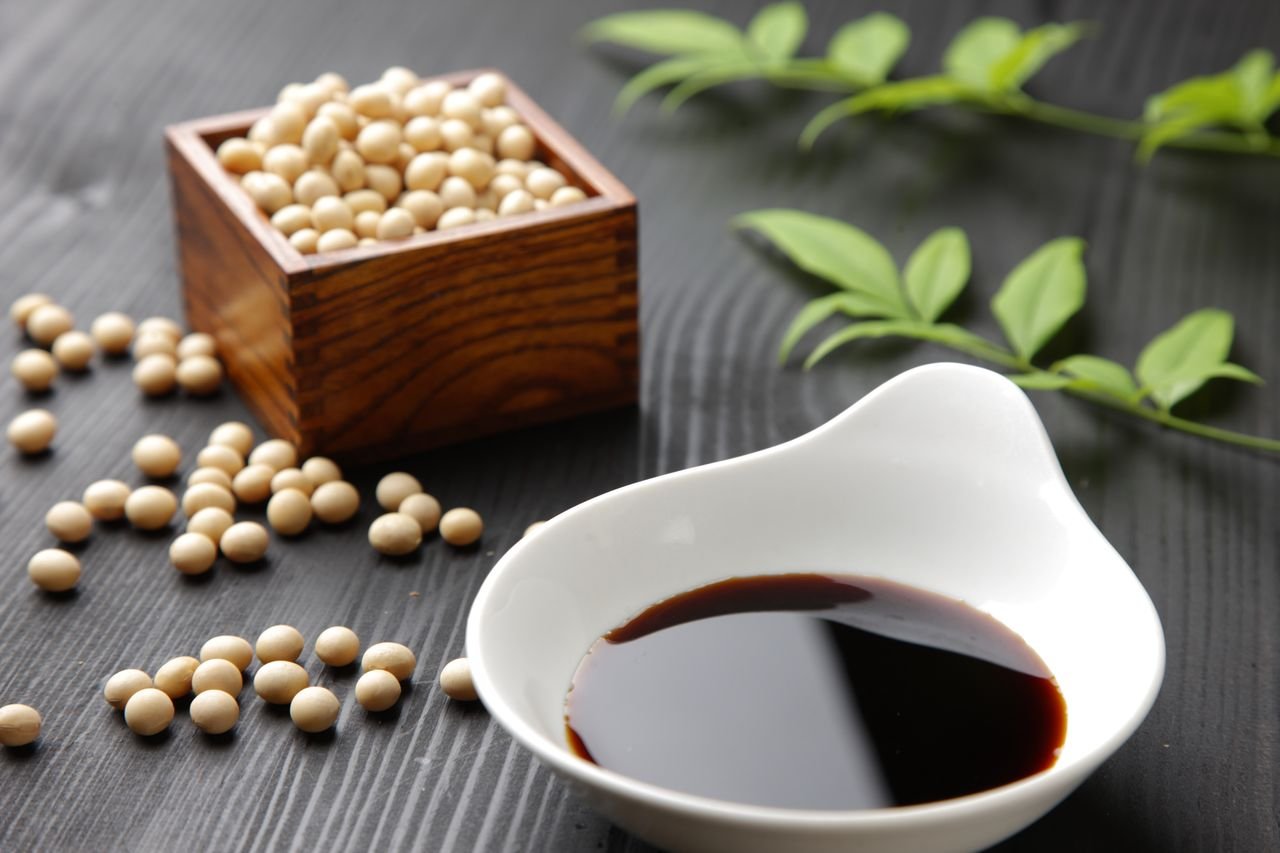Soybean is the primary element of soy sauce. Soy sauce is a brown, sharp fluid made by developing soybeans or isolating them by destructive (hydrolyzing). This releases sugars as well as umami parts and advances the gritty variety tone for which soy sauce is known. Now and again, in the ongoing development, extra sawdust is added. Since wheat flour is ordinarily utilized in this cycle, gluten-delicate people need to look for non-gluten and no-wheat variations, for instance, a few kinds of Japanese tamarind, which for the most part contain an is a veggie lover thing.
Let’s collect more stuff here at https://popularweby.com/
What Sort Of Flavor Does It Propose?
Soy sauce gives salt, pleasantness, umami (brilliant), and a to some degree cruel flavor moreover. This fair flavor profile makes it an extraordinary sauce. You fundamentally perceive salt, sweetness, and umami covering the last serious note. The free amino acids made in hydrolysis or development solidify to approach the normal monosodium glutamate (MSG), which is the way in umami flavor.
Let’s collect more stuff about popular donuts
Bit By Bit Guidelines To Utilize It
Soy sauce can be utilized in marinating or braising fluids for meats or added while cooking stews or soups. It is a principal technique for building profundity of flavor, isn’t impacted by heat during cooking, and can grant a brilliant hearty color to your dish. In skillet singes, it is normally blended in with vegetables prior to adding the noodles, yet more soy sauce might be added out of the blue to the cooking framework. For added salt and flavor, contingent upon the circumstance, soy sauce can likewise be served to the table as a fixing.
How Is Soy Sauce Made?
All social orders have a sauce that is utilized to spread the salt, which can be difficult to get and costly to top in regions nearby the ocean. Soy sauce was made in China during the Han custom (206 BC to 220 CE). The soybean was foamed, wheat or grain was added, it was permitted to develop, and water and salt were added subsequently. Korea had been involving near exchange for quite a while. It was likewise normal for people to discard wheat or grains to make soy sauce a gluten thing. (Today, most business soy sauces contain wheat.) Soy sauce was acquainted with Japan by Chinese Buddhist ministers around 600 CE, in any case, didn’t show up in Europe until the 1700s.
The development for making soy sauce has changed over a significant stretch of time, from a cycle that might call for an extremely lengthy investment to conveying a full thing in only a couple of days.
The conventional strategy of making soy sauce requires a couple of steps and can take anyplace from a couple of days to months to complete the process of, contingent upon the recipe. Soybeans are first cooked to mellow the beans, and later bacterial and parasitic social orders are added to start the development cycle. Cooked wheat or different grains may likewise be incorporated to give an extraordinary flavor.
The soybean culture blend is then joined with salt water and permitted to “blend” for a predetermined measure of time. During this cycle, microorganisms separate the ordinarily happening proteins and sugars in soybeans into the many mixtures that make up the engaging taste and shade of soy sauce.
After the maturing framework, the blend is focused on to isolate the faint brown, fragrant liquid. (The last solids are by and large utilized as creature feed.) The removed fluids are utilized to flush out disastrous microorganisms and kill particulates and other waste, prior to being packaged and sold as soy sauce. It is cleaned. different to lessen.
In food-producing, Drives has propelled a quicker, more prudent innovation to convey soy sauce, which utilizes the destructive hydrolyzed vegetable protein. This procedure requires only a couple of days and produces a more unsurprising thing with a more expanded season of ease of use. Preservationists reject this procedure, as it doesn’t make the profundity of flavor found with conventional aging techniques.
Soy Sauce Order
There are many sorts of soy sauce accessible in the market today. These orders rely upon the fixings utilized, the system used to make the sauce, and the locale where it is made.
Light soy sauce is the flimsy, gritty hued fluid that most Americans allude to as standard soy sauce, the fundamental kind of soy sauce followed on tables in Chinese bistros and in little takeout packs. It is a generally helpful seasoning and sauce and is normally utilized while eating sushi. In Chinese cooking, it is utilized more frequently than dull soy — utilizing gentle soy reliably in a recipe, then again, actually unequivocally calls for faint.
Loosen soy sauce consumes most of the day to cook and is thick and dull. The cooking framework is trailed by the expansion of molasses or caramel, which marginally thickens the sauce and makes a better, seriously bewildering flavor. It is likewise less impactful than gentle soy sauce.
give in to your salt fixing in the production of soy sauce since it goes probably as an antimicrobial specialist. The sauce is made with just soybeans and no wheat or various grains. Tamari has an extraordinarily wonderful flavor and is inclined in the direction of by people who follow a wheat-or without-gluten diet. Regardless, read the imprint warily to ensure the thing is without gluten as particular kinds of tamari may contain gluten.
White soy sauce, or Shiro Shoyu, is a customary Japanese soy sauce that is lighter in flavor and assortment. Wearing a brilliant color, it is notable with culinary experts when they need to add umami flavor to a dish without changing the assortment (as light or dull soy sauce would do). These imprint characteristics are a consequence of the more noteworthy wheat-to-soy extent.



